I have gone through this, and this post.
However, my question is very specific:
If the output of my model.predict() function for a classification problem with class labelled 0 and 1 is something like:
array([[0.5147758 ],
[0.48530805],
[0.5122566 ],
[0.4839405 ],
[0.49831972],
[0.4886117 ],
[0.5130876 ],
[0.50388396]], dtype=float32)
and I'm using binary_crossentropy loss with the last layer as:
Dense(1, activation='sigmoid')
Then each entry in the above output denotes the probability of occurrence of class 0 or class 1 ?
